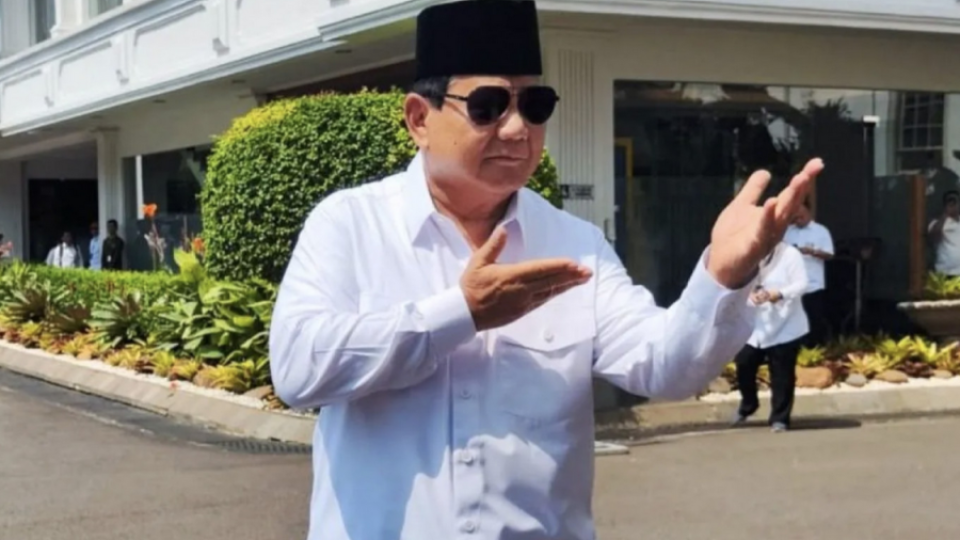October 18, 2024
JAKARTA – The National Development Planning Agency (Bappenas) has drawn up two scenarios to achieve president-elect Prabowo Subianto’s plan to bump up the GDP growth rate to 8 percent.
The scenarios, which are included in the 2025-2029 National Medium-Term Development Plan (RPJMN), foresee increasing GDP growth to an average rate of 6 to 7 percent during the Prabowo administration toward ultimately hitting 8 percent annual GDP growth.
“For us, what’s important is how to find the sources of economic growth to accelerate it to 8 percent,” Bappenas economy undersecretary Amalia Adininggar Widyasanti said, as quoted by Bisnis.com on Wednesday.
One scenario envisions attaining a growth rate of 5.7 percent in Prabowo’s first year in office, followed by 6.4 percent, 7 percent, 7.5 percent and then 8 percent in each subsequent year. This brings the average to 6.9 percent throughout the five years of the incoming Prabowo administration.
The other scenario aims to achieve 8.3 percent growth in Prabowo’s third year by aggressively jacking up the rate to 6.8 percent during the first year and then 7.6 percent in the second. These are to be followed by 8.0 percent and 7.8 percent in his fourth and fifth years, respectively, for average GDP growth of 7.7 percent.
An earlier document created by Prabowo’s campaign team stated that an annual GDP growth average of 6-7 percent was necessary to achieve the Golden Indonesia 2045 vision for the country to become a developed country by its independence centenary.
Presumably, the RPJMN 2025-2029 contains details on how to reach such ambitious growth rates, but the final draft of the document has not been made available to the public.
Bappenas’ Amalia said industrialization could help achieve 8 percent growth but due to fiscal limitations, the state would have to prioritize certain sectors as set out in the agency’s 2025-2045 National Long-Term Development Plan (RPJPN).
The initial RPJMN draft notes its main priority as “downstreaming” key natural resources, the service sector, labor-intensive industries that require skilled workers, essential industries and innovation-intensive industries.
For downstream industries, Bappenas’ 20-year plan eyes further development in the palm oil, coconut, nickel, copper, bauxite, tin and seaweed processing sectors.
To increase skilled labor industrial activities, the ministry is banking primarily on the food and beverage, footwear and textile industries, while essential industries comprises chemicals and basic metals.
Meanwhile, innovation-intensive industries include cosmetics, pharmaceuticals, semiconductors, machinery and parts, aerospace and electric vehicles.
Amalia said industrialization was not the sole driver of GDP growth, noting that the incoming administration would also roll out various national programs to stimulate economic activity.
“For example, by building infrastructure. And then there’s the free [nutritious] meal program, which relies on a supply of local [produce]. This can help invigorate economic growth,” she said.
Indonesia’s GDP growth in the past 10 years has hovered at 5 percent, although President Joko “Jokowi” Widodo aimed to push it up to an ambitious 7 percent.
Historic high growth was recorded during Soeharto’s authoritarian New Order regime, until the Asian financial crisis and widespread domestic protests in 1998 forced Soeharto to resign and ushered in the reform movement, during which the country embarked on radical, structural changes.
In the post-reform era, the country recorded its highest full-year GDP growth in 2010 at 6.38 percent, and has never gotten close to such a level since.


